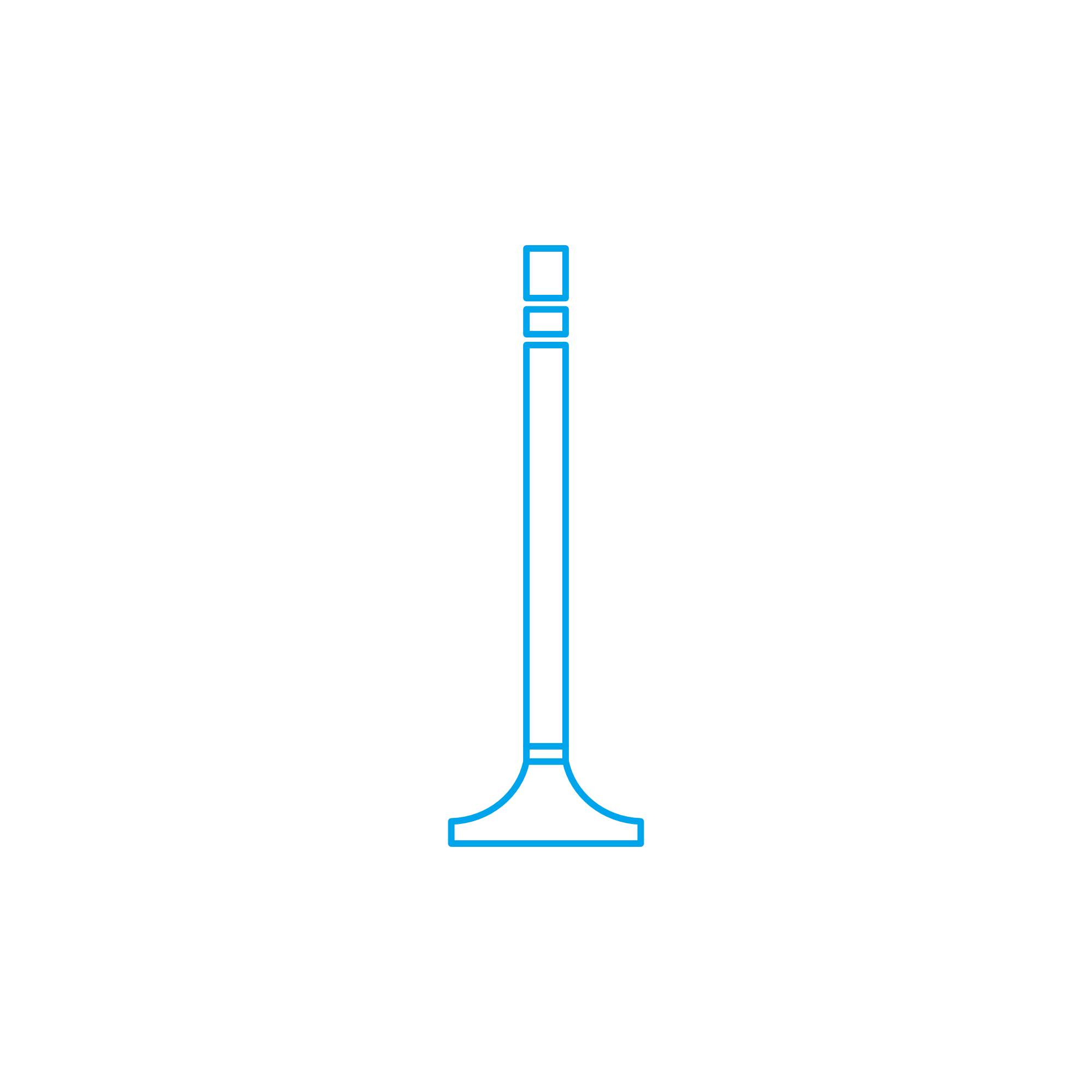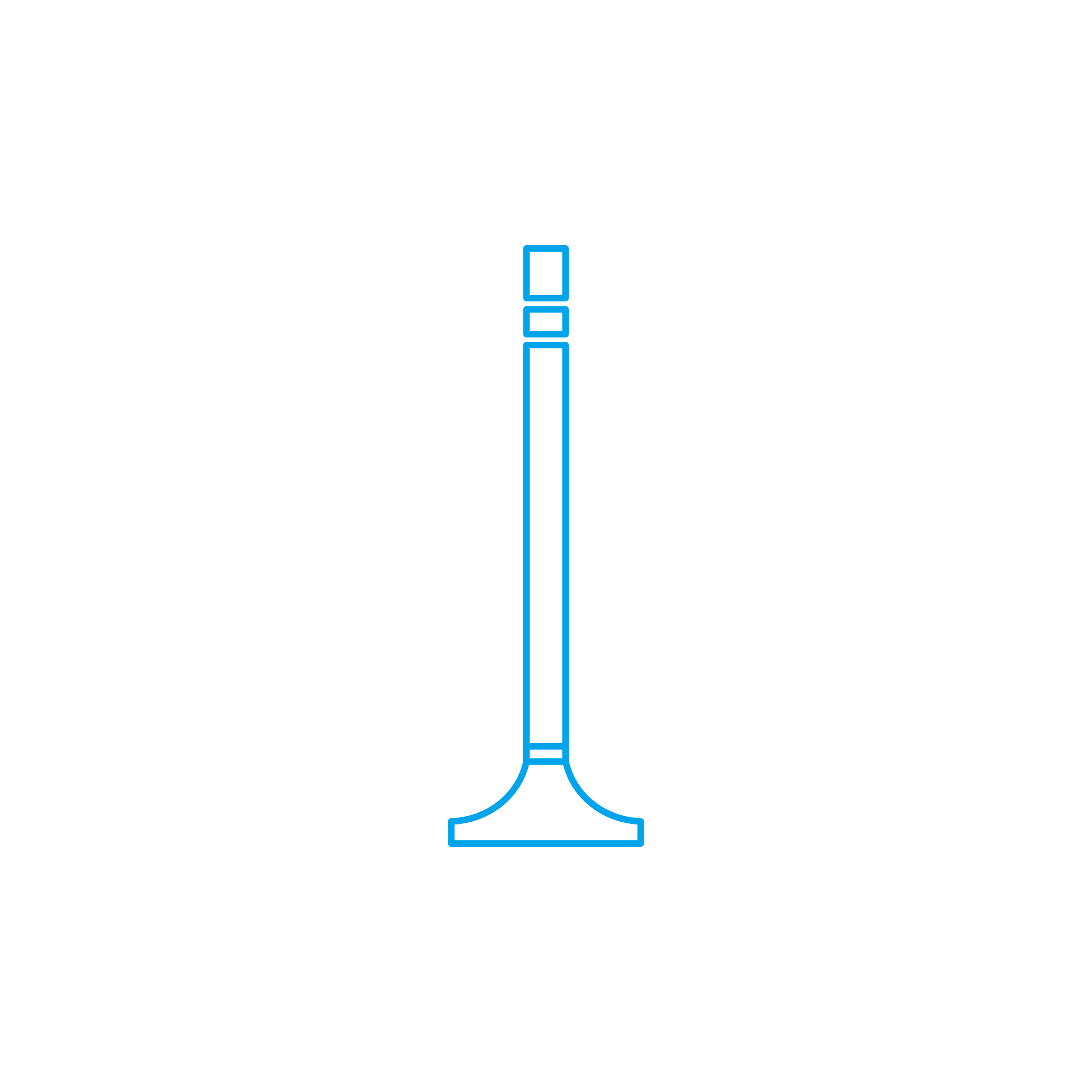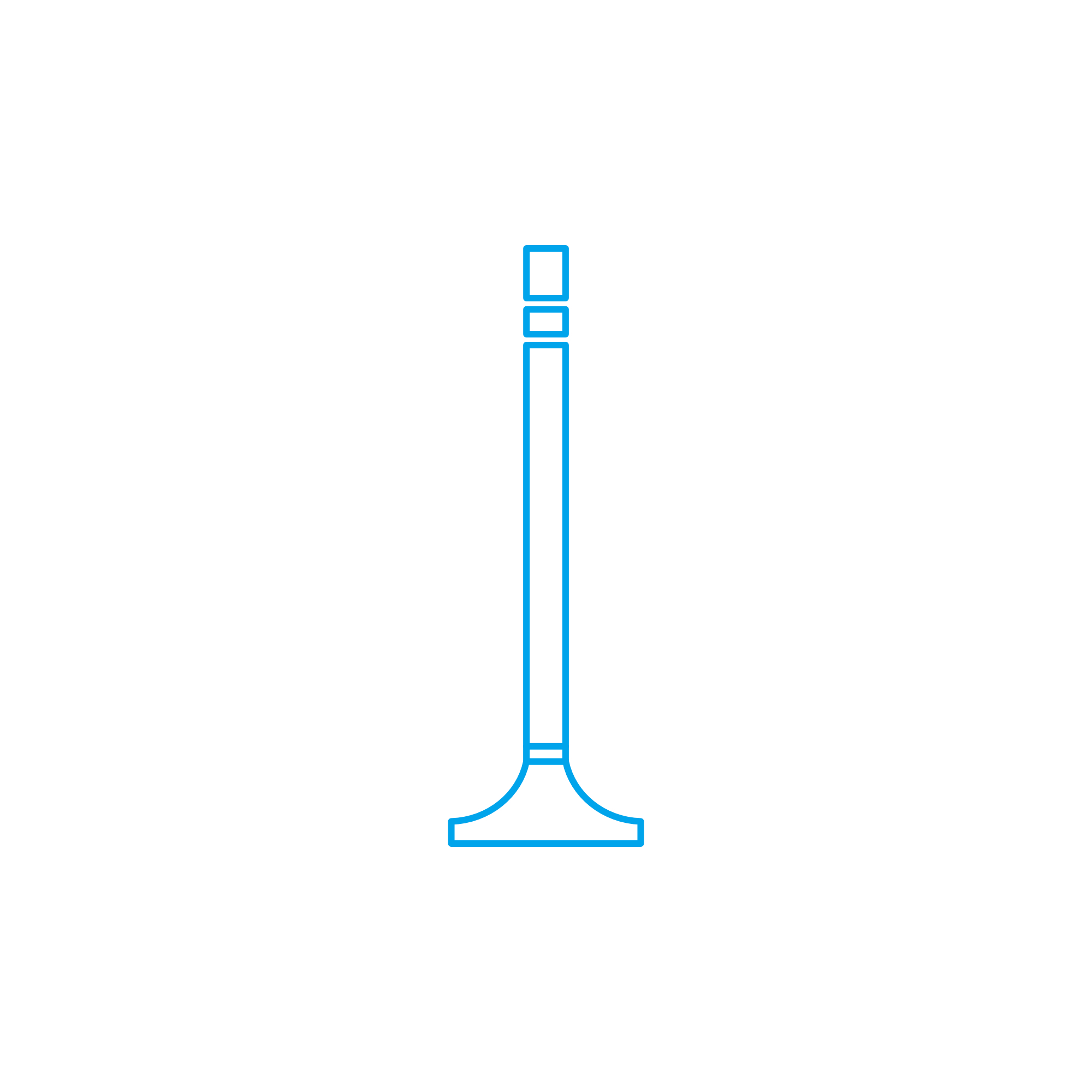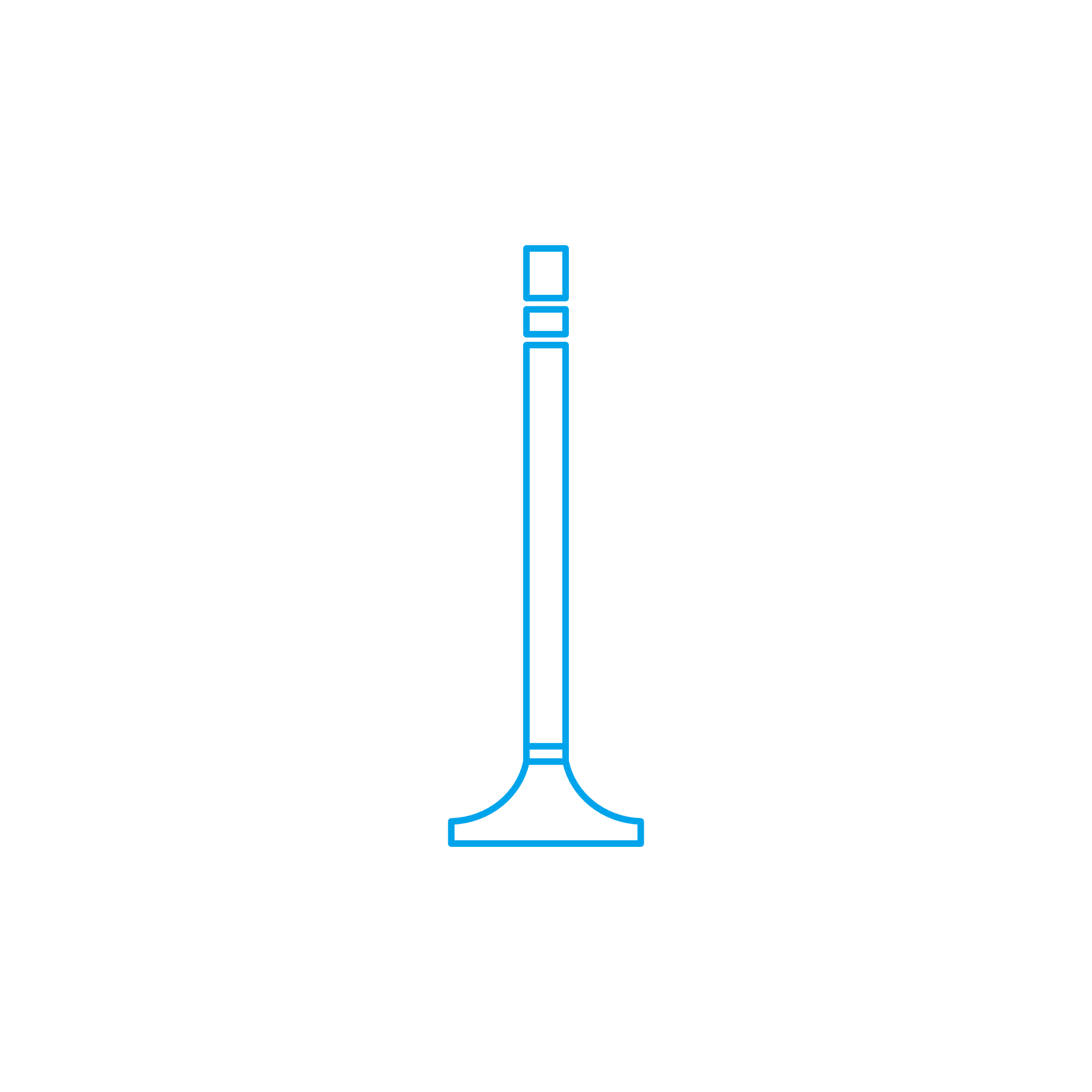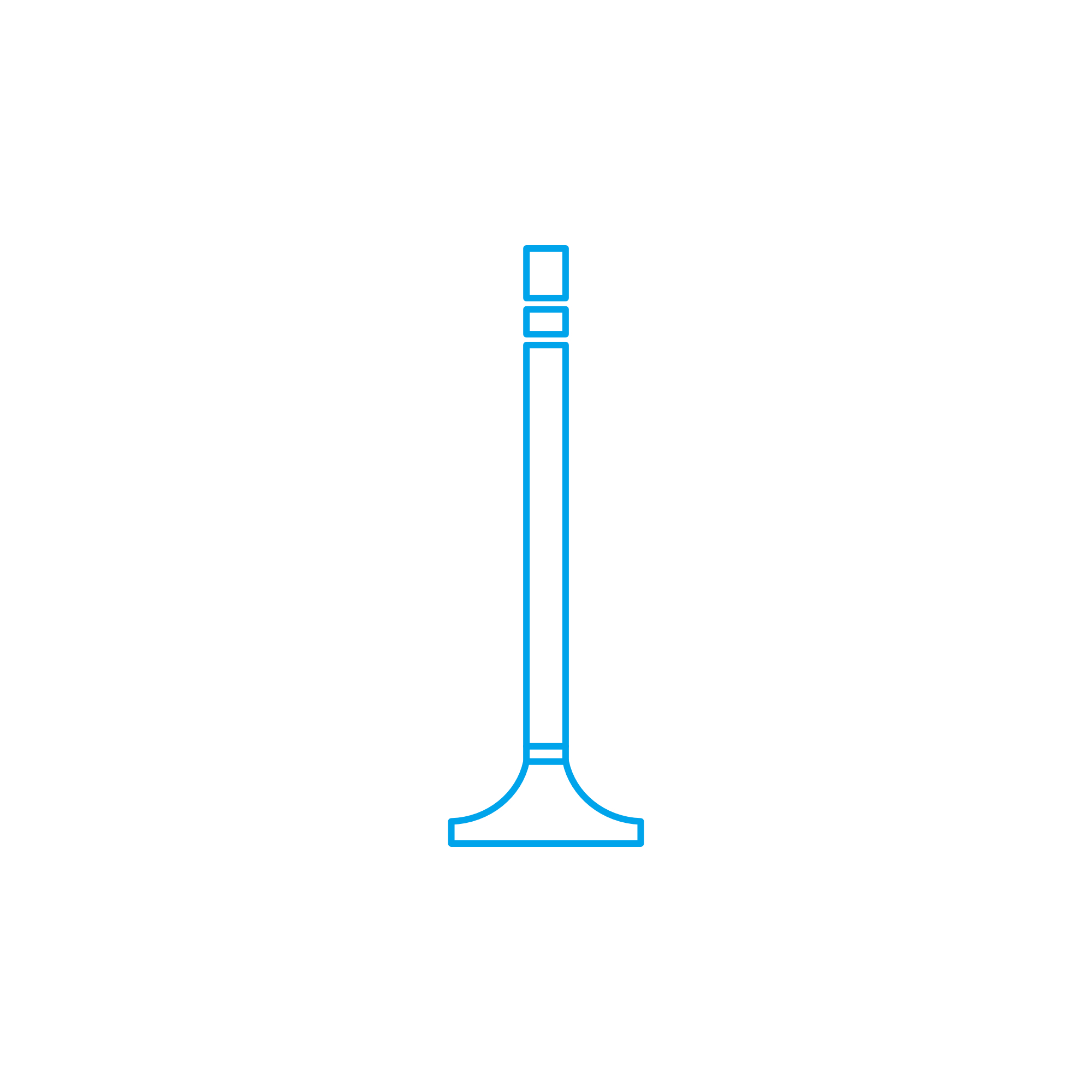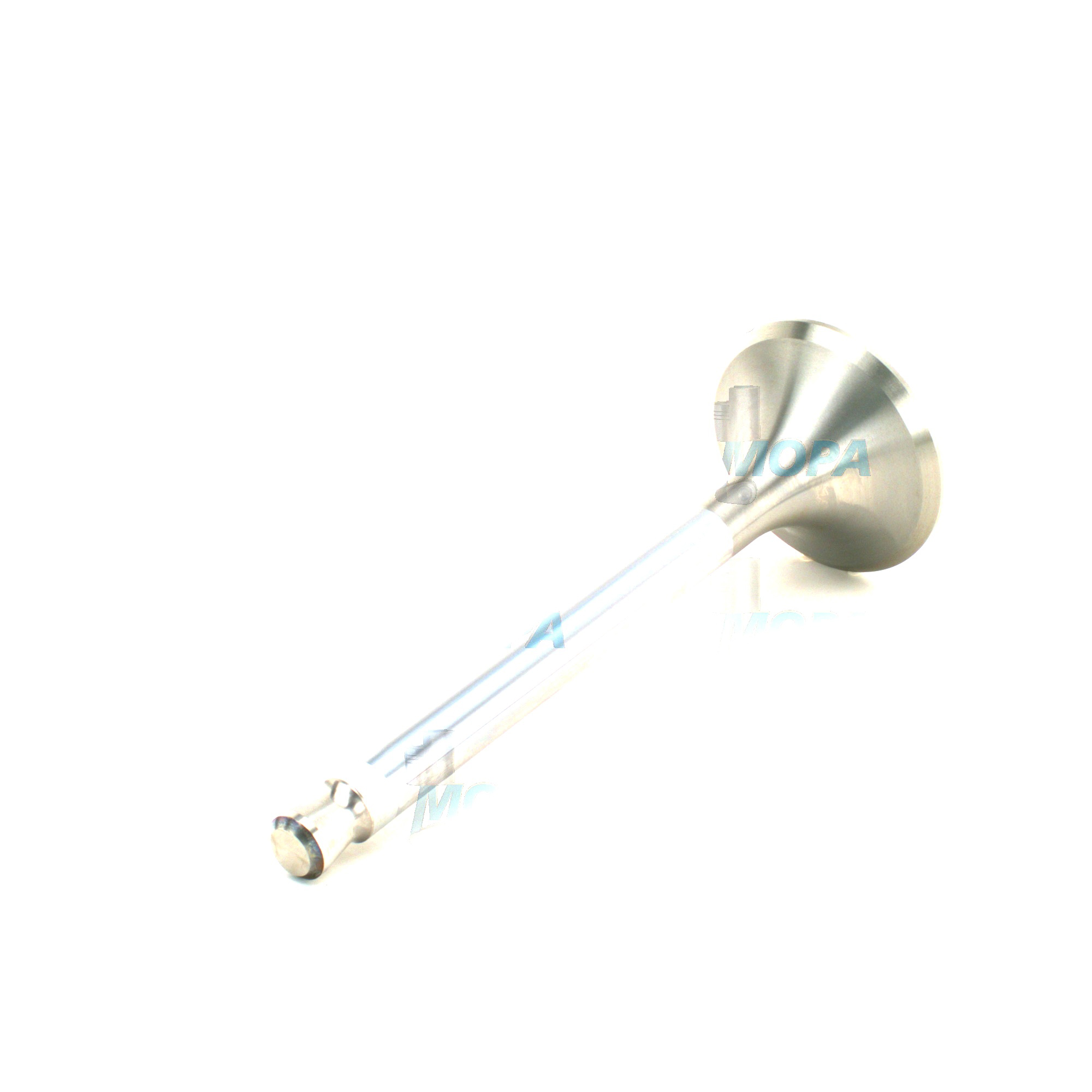VALVE CONE focus for Valve train components in diesel and marine engines
Valve train components are the precision parts that open and close the intake and exhaust paths of an engine with exact timing. This category includes valves, guides, seats, springs, retainers, valve cones (keepers/collets), rocker arms, pushrods or cam followers, and camshafts. Together they convert camshaft rotation into accurate linear valve movement, enabling clean gas exchange, stable combustion, and dependable power delivery. In demanding applications like propulsion, auxiliary power generation, and industrial duty, the quality and condition of these components directly determine engine efficiency, emissions, and uptime.
Among these parts, the VALVE CONE plays an outsized role in safety despite its small size. It locks the valve spring retainer to the valve stem groove and holds the entire spring load. Properly engineered valve train components preserve valve timing at all speeds and temperatures, protect pistons and cylinder heads, and minimize wear on the head and camshaft train. For purchasers and technical managers, choosing precisely manufactured, application-fit components is a decisive step toward long service life and predictable maintenance cycles.
VALVE CONE and valve train components: technical function and impact on performance
The function of the valve train is to synchronize valve lift with crankshaft position so the cylinder fills and empties efficiently. Cam lobes define lift and duration; lifters and pushrods (or direct tappets) transfer motion; rocker arms multiply and direct force; springs close the valve quickly and prevent float; retainers and the VALVE CONE secure the assembly on the valve stem. The VALVE CONE diesel engine application typically uses two tapered halves seated in the retainer and engaged in the stem groove. The taper (commonly 7–10 degrees) creates a wedging effect that translates axial spring load into a secure mechanical lock while maintaining concentricity of the spring load around the valve axis.
In a VALVE CONE marine engine, spring forces and cyclic loads are high, and vibration, fuel quality variation, and long operating intervals demand robust geometry and metallurgy. Precision cones feature matched taper to the retainer, correct groove fit (single- or multi-groove), and surface finishes that resist fretting and galling. Heat treatment and case hardening deliver the surface hardness needed to withstand contact stress without brittle fracture. When paired correctly, the cone-retainer interface preserves installed height and seat pressure, which in turn controls valve closing speed, protects against bounce, and sustains combustion efficiency. The result is clean scavenging, stable turbocharger operation, and reduced thermal loading of the valve face and seat.
For high-output engines, VALVE CONE OEM parts help maintain strict dimensional tolerances (often within microns) that keep the valve train running true, reduce side loads in guides, minimize cam-tappet wear, and sustain the designed valve timing profile across the service interval.
- · Precise timing and lift stability under heavy load.
- · Concentric spring load via correctly matched VALVE CONE and retainer.
- · Wear-resistant materials and controlled heat treatment.
- · Reliable sealing for efficient combustion and lower emissions.
- · Reduced valve float and bounce at high RPM.
- · Predictable overhaul intervals and easier inspections.
- · Compatibility with diesel and gas engine duty cycles.
Why valve train components are critical for reliability and service life
Valve train components operate under constant cyclic loading, high temperatures, and boundary lubrication. Any deviation in geometry or condition can propagate quickly into costly failures. If a VALVE CONE or retainer wears, loses its taper fit, or no longer fully engages the stem groove, the valve spring seat pressure can drop. That leads to valve bounce, hot spots on the valve face, compromised sealing, and in severe cases a dropped valve—catastrophic damage to piston crowns, cylinder heads, and turbochargers. Misalignment accelerates guide and seat wear, increases oil consumption, and raises exhaust temperatures.
Conversely, maintaining cones, retainers, springs, and valve guides in spec preserves installed height and seat pressure, keeps timing accurate, and safeguards against impact events at TDC. Routine inspections should check for witness marks, fretting, brinelling, deformation of the cone’s contact band, and groove wear on the valve stem. Replacement as a matched set with retainers and springs is a proven best practice to sustain engine reliability between overhauls.
Advantages of OEM spare parts suitable for valve train components
Consistently manufactured OEM spare parts suitable for valve train components bring tangible operational and financial benefits. Tightly controlled tapers and groove geometries ensure the VALVE CONE engages uniformly, preserving concentricity and preventing localized stress. Material traceability and repeatable heat treatment yield the required surface hardness and core toughness, protecting against both wear and brittle failure under shock loads. Dimensional fidelity preserves installed height and spring force, keeping the cam profile’s closing ramp effective and protecting against valve float—key for fuel efficiency and emissions compliance.
For operators and shipowners, the outcome is less downtime and lower lifecycle cost. Consistent parts reduce setup variability during overhauls, shorten commissioning time, and minimize the risk of secondary damage. In mixed fleets, standardized OEM specifications enable predictable maintenance planning across different engine models while protecting performance margins at rated output.
Why choose OEM spare parts for VALVE CONE and valve train components
Using OEM spare parts suitable for the VALVE CONE and associated hardware ensures seamless fit with existing retainers, valves, and springs on both diesel and gas engines. This compatibility eliminates improvised shimming or rework, maintains the designed valve train dynamics, and supports safe operation at continuous and overload ratings. In harsh marine environments, corrosion-resistant finishes and robust packaging further help preserve critical surfaces until installation.
MOPA: your partner for OEM valve train components and VALVE CONE
MOPA is an experienced, reliable partner for OEM spare parts in the category of valve train components, including the VALVE CONE, retainers, springs, valves, guides, and more. We combine speed of supply with rigorous quality controls and secure, traceable trade processes for diesel and gas engines. Our team supports you from identification to delivery, helping you match tapers, groove types, and materials to your specific engine model and duty profile. With responsive logistics and technical support, MOPA keeps your maintenance schedule tight and your engines operating safely.
Conclusion: VALVE CONE and valve train components that protect performance
Valve train components underpin combustion quality, efficiency, and engine safety. The VALVE CONE is a small but critical part that holds the system together—literally.
Choosing OEM spare parts suitable for valve train components preserves fit, timing, and spring load, extending service life and protecting budgets through reduced downtime. With MOPA as your partner, you receive fast, secure access to high-quality components for diesel and gas engines worldwide.


